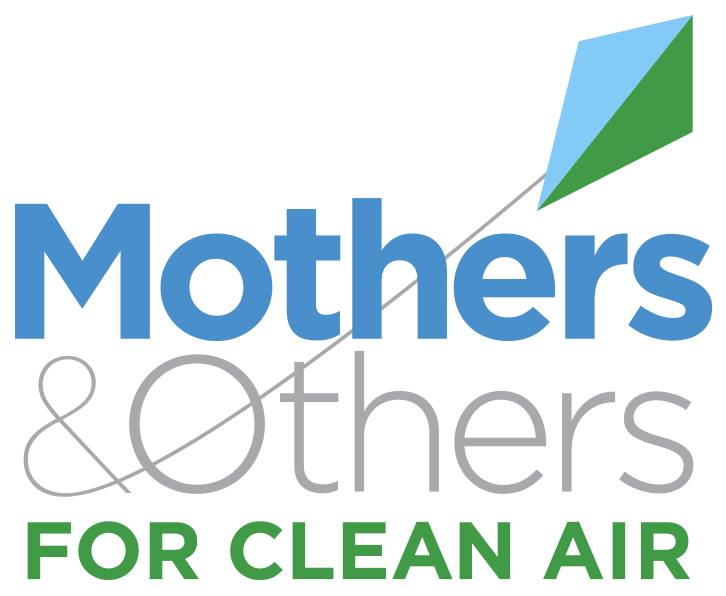Epidemiological studies have demonstrated that air pollution particulate matter (PM) and adsorbed toxicants (organic compounds and trace metals) may affect child development already in utero. Recent studies have also indicated that PM may be a risk factor for neurodevelopmental disorders (NDDs). A pattern of increasing prevalence of attention deficit/hyperactivity disorder (ADHD) has been suggested to partly be linked to environmental pollutants exposure, including PM. Epidemiological studies suggest associations between pre- or postnatal exposure to air pollution components and ADHD symptoms. However, many studies are cross-sectional without possibility to reveal causality. Cohort studies are often small with poor exposure characterization, and confounded by traffic noise and socioeconomic factors, possibly overestimating the study associations. Furthermore, the mechanistic knowledge how exposure to PM during early brain development may contribute to increased risk of ADHD symptoms or cognitive deficits is limited. The closure of this knowledge gap requires the combined use of well-designed longitudinal cohort studies, supported by mechanistic in vitro studies. As ADHD has profound consequences for the children affected and their families, the identification of preventable risk factors such as air pollution exposure should be of high priority.
Published Sep 1, 2018
Myhre, Oddvar, et al. “Early Life Exposure to Air Pollution Particulate Matter (PM) as Risk Factor for Attention Deficit/Hyperactivity Disorder (ADHD): Need for Novel Strategies for Mechanisms and Causalities.” Toxicology and Applied Pharmacology, vol. 354, 2018, pp. 196–214., doi:10.1016/j.taap.2018.03.015.
